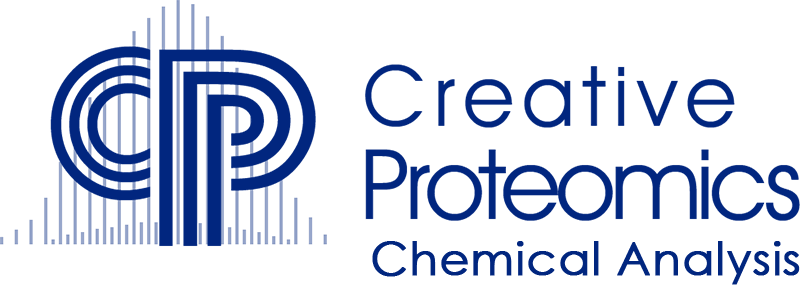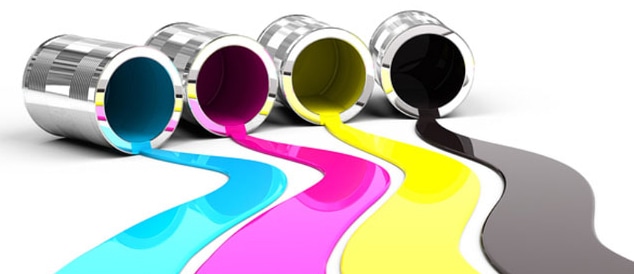- Home
-
Services
- Chemical Industry
- Materials
-
Compound
- Carbon & Sulfur & Hydrogen & Oxygen & Nitrogen Chemical Analysis
- β Tricalcium Phosphate Chemical Analysis
- Hydroxyapatite Chemical Analysis
- Silica Chemical Detection Analysis
- Titanium Dioxide Chemical Detection
- Alumina Chemical Analysis
- Ferric Oxide Chemical Analysis
- Calcium Oxide Chemical Detection
- Magnesium Oxide Chemical Analysis
- Potassium Oxide Chemical Analysis
- Phosphorus Pentoxide Chemical Analysis
- Chromium Trioxide Chemical Analysis
- Manganese Tetroxide Chemical Analysis
- Zirconium Dioxide Chemical Analysis
- Lead Oxide Chemical Analysis
-
Test Items
- Chemical Resistance Analysis Service
- Trace Element Analysis Service
- Quantitative Analysis Service
- Unknown Alloy Identification Service
- Unknown Material Identification Service
- Component Analysis Service
- Formulation Analysis Service
- Comparative Analysis Service
- Failure Analysis Service
- Foreign Material Analysis Service
- Structural Analysis Service
- Impurity Analysis Service
- Material Identification Analysis Service
- Thermodynamic Analysis Service
- Surface Analysis Service
- Total Organic Carbon Analysis Service
- Inorganic Trace Analysis Service
-
Technology Platform
- Optical Emission Spectrometer
- X-ray Fluorescence Spectrometry
- ICP-OES
- Inductively Coupled Plasma Mass Spectrometer
- Ion Chromatography
- Gas Chromatography
- Gas Chromatography - Mass Spectrometry
- Electron Probe Microanalysis
- Gel Permeation Chromatography
- X-ray Diffraction
- Size Exclusion Chromatography
- Liquid Chromatograph Mass Spectrometer
- Thin Layer Chromatography
- About Us
- Contact Us



